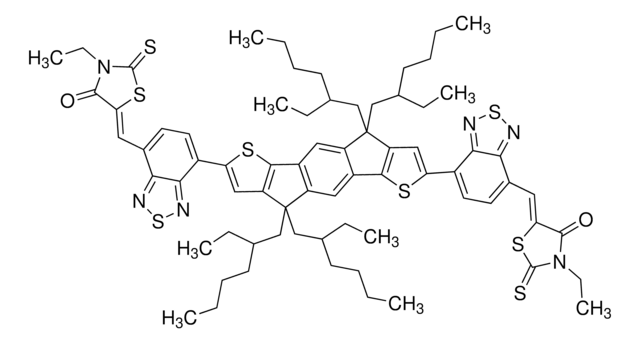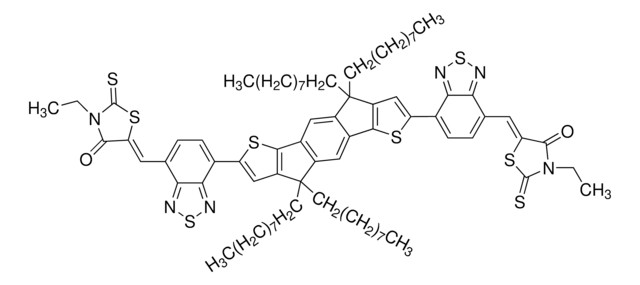Kluczowe dokumenty
906379
COi8DFIC
≥98%
Synonim(y):
2,2′-[[4,4,11,11-tetrakis(4-hexylphenyl)-4,11-dihydrothieno[2′,3′:4,5]thieno[2,3-d]thieno[2′′′′,3′′′′:4′′′,5′′]tieno[2′′′,3′′:4′′,5′′]pirano[2′′,3′′:4′,5′]tieno[2′,3′:4,5]tieno[3,2-b]pirano-2,9-diylo]bis[metylidyno(5,6-difluoro, NFA146, O6T-4F, PCE146
About This Item
Polecane produkty
opis
Band gap: 1.62 eV
Próba
≥98%
Formularz
solid
rozpuszczalność
soluble (chloroform, CB and ODCB)
Energia orbitalna
HOMO -5.5 eV
LUMO -3.88 eV
ciąg SMILES
Fc1cc2c(cc1F)C(=C(C#N)C#N)\C(=C/c3[s]c4c([s]c5c4C(Oc8c9[s]c%10c(c9[s]c85)OC(c%13c%14[s]c(cc%14[s]c%13%10)\C=C%15/C(=O)c%16c(cc(c(c%16)F)F)C/%15=C(C#N)C#N)(c%12ccc(cc%12)CCCCCC)c%11ccc(cc%11)CCCCCC)(c7ccc(cc7)CCCCCC)c6ccc(cc6)CCCCCC)c3)\C2=O
InChI
1S/C94H76F4N4O4S6/c1-5-9-13-17-21-53-25-33-59(34-26-53)93(60-35-27-54(28-36-60)22-18-14-10-6-2)79-85-75(43-63(107-85)41-69-77(57(49-99)50-100)65-45-71(95)73(97)47-67(65)81(69)103)109-87(79)89-83(105-93)91-92(111-89)84-90(112-91)88-80(86-76(110-88)44-64(10
Klucz InChI
QPSUTBMJXUUOIC-YTMZJGCBSA-N
Powiązane kategorie
Opis ogólny
W niedawnym badaniu, COi8DFIC lub O6T-4F został wybrany w ogniwie tandemowym za pomocą projektowania komputerowego i dał rekordowy PCE wynoszący 17,3∃% dla wytworzonych organicznych ogniw słonecznych.
COi8DFIC lub O6T-4F jest często wybierany do mieszania z materiałem donorowym o wąskim paśmie wzbronionym i innym materiałem akceptorowym o wąskim paśmie wzbronionym w celu wytworzenia trójskładnikowych organicznych ogniw słonecznych. Trójskładnikowe ogniwa PTB7-Th:COi8DFIC:PC71BM oferowały PCE na poziomie 14,08%. Dzięki dalszemu zastosowaniu procesu wyżarzania końcowego można osiągnąć znakomity współczynnik PCE na poziomie 14,62%. Co więcej, urządzenie wykorzystujące COi8DFIC wykazało dobrą stabilność termiczną z PCE powyżej 13,5% w szerokim zakresie temperatur (70-160 °C).
Zastosowanie
W niedawnym badaniu COi8DFIC lub O6T-4F został wybrany w ogniwie tandemowym za pomocą wspomaganego komputerowo projektu i dał rekordowy PCE wynoszący 17,3% dla wytworzonych organicznych ogniw słonecznych.
Wydajność ogniwa tandemowego:
ITO/ZnO/PFN-Br/PBDB-T:F-M/M-PEDOT/ZnO/PTB7- Th:O6T-4F:PC71BM/MoO3/Ag
Voc=1.642 V
Jsc=14.35 mA/cm2
FF=73.7%
PCE=17.3%
COi8DFIC lub O6T-4F są często wybierane do mieszania z materiałem donorowym o wąskim paśmie wzbronionym i innym materiałem akceptorowym o wąskim paśmie wzbronionym w celu wytworzenia trójskładnikowych organicznych ogniw słonecznych. Trójskładnikowe ogniwa PTB7-Th:COi8DFIC:PC71BM oferowały PCE na poziomie 14,08%. Dzięki dalszemu zastosowaniu procesu wyżarzania końcowego można osiągnąć znakomity współczynnik PCE na poziomie 14,62%. Co więcej, urządzenie wykorzystujące COi8DFIC wykazało dobrą stabilność termiczną z PCE powyżej 13,5% w szerokim zakresie temperatur (70-160 °C).
Struktura urządzenia:
ITO/ZnO/PTB7-Th:COi8DFIC:PC71BM/MoO3/Ag
- Przed wyżarzaniem
Jsc=27.74 mA/cm2
FF=0.701
PCE=13.65%
- Po wyżarzaniu w temperaturze 80°C
Jsc=27.39 mA/cm2
FF=0.734
PCE=14.62%
Kod klasy składowania
11 - Combustible Solids
Klasa zagrożenia wodnego (WGK)
WGK 3
Temperatura zapłonu (°F)
Not applicable
Temperatura zapłonu (°C)
Not applicable
Wybierz jedną z najnowszych wersji:
Certyfikaty analizy (CoA)
It looks like we've run into a problem, but you can still download Certificates of Analysis from our Dokumenty section.
Proszę o kontakt, jeśli potrzebna jest pomoc Obsługa Klienta
Masz już ten produkt?
Dokumenty związane z niedawno zakupionymi produktami zostały zamieszczone w Bibliotece dokumentów.
Klienci oglądali również te produkty
Produkty
Professor Chen (Nankai University, China) and his team explain the strategies behind their recent record-breaking organic solar cells, reaching a power conversion efficiency of 17.3%.
Nasz zespół naukowców ma doświadczenie we wszystkich obszarach badań, w tym w naukach przyrodniczych, materiałoznawstwie, syntezie chemicznej, chromatografii, analityce i wielu innych dziedzinach.
Skontaktuj się z zespołem ds. pomocy technicznej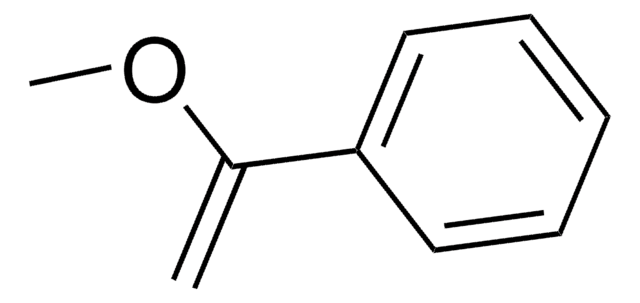
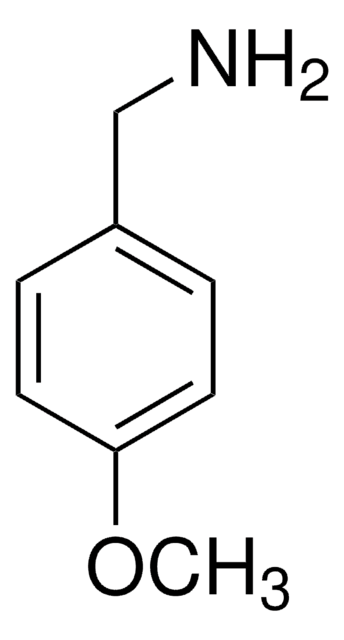
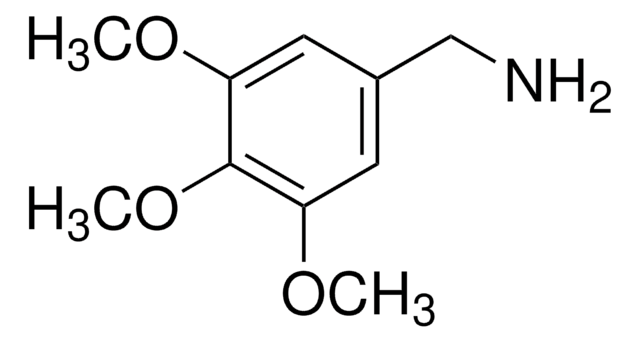
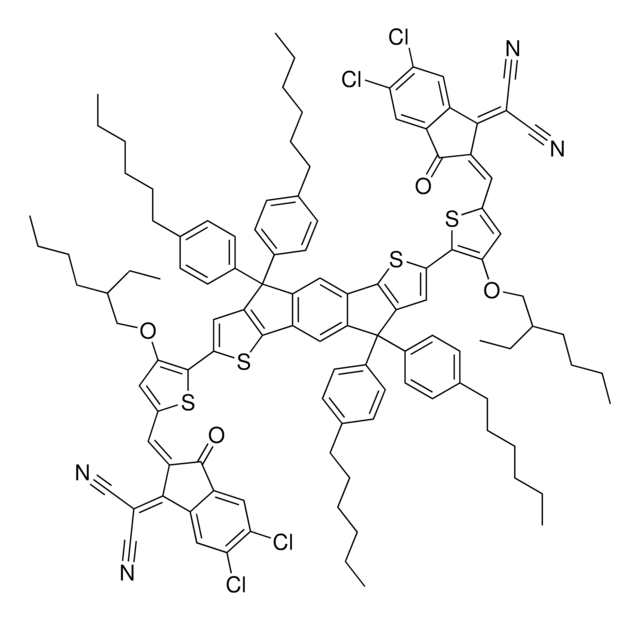
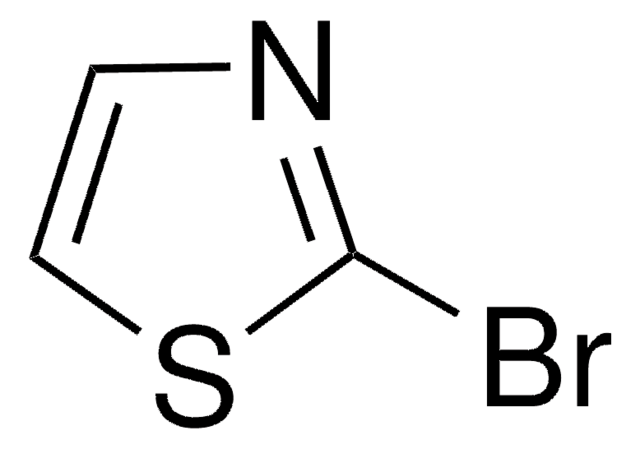
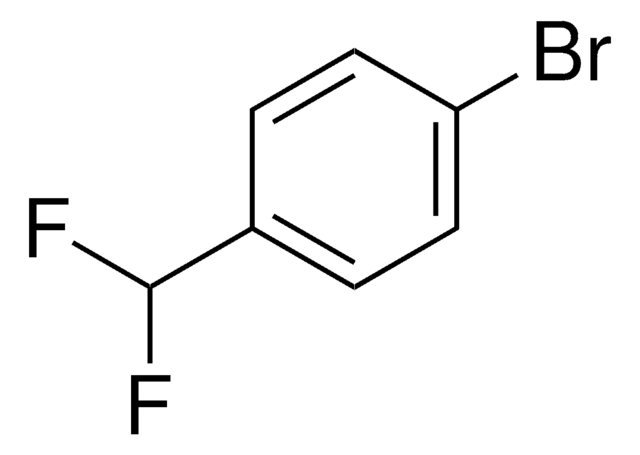
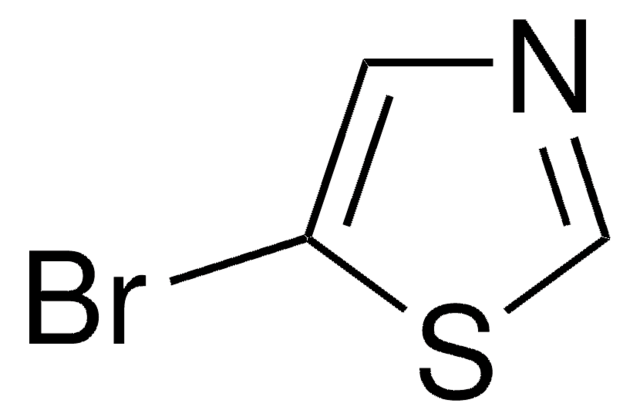

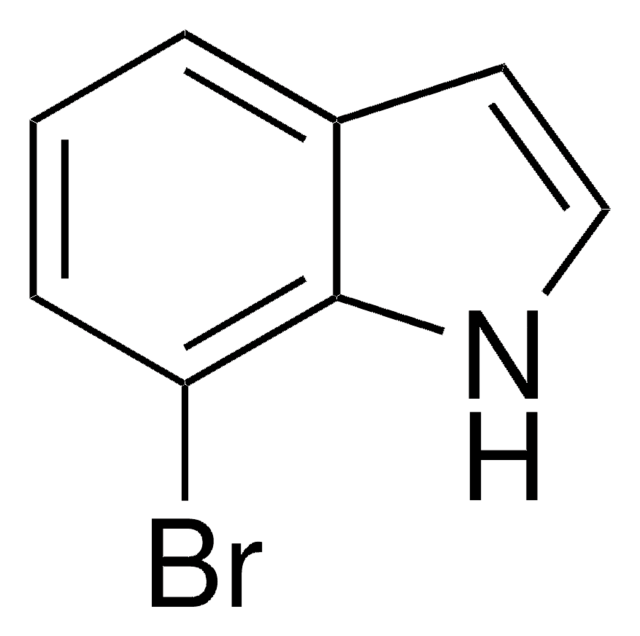
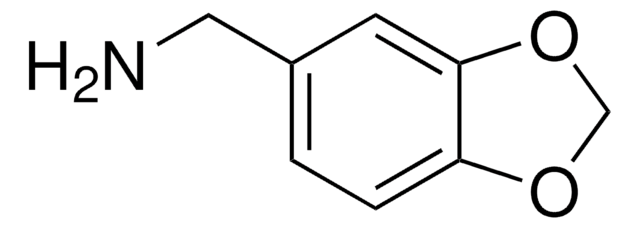
![[6,6]-Phenyl C71 butyric acid methyl ester, mixture of isomers 99%](/deepweb/assets/sigmaaldrich/product/structures/716/624/9fb9f2f0-ae99-429f-8d3a-b12267976a4d/640/9fb9f2f0-ae99-429f-8d3a-b12267976a4d.png)

